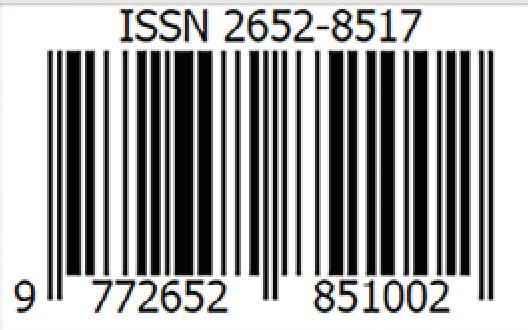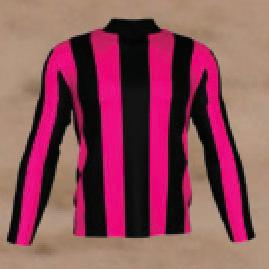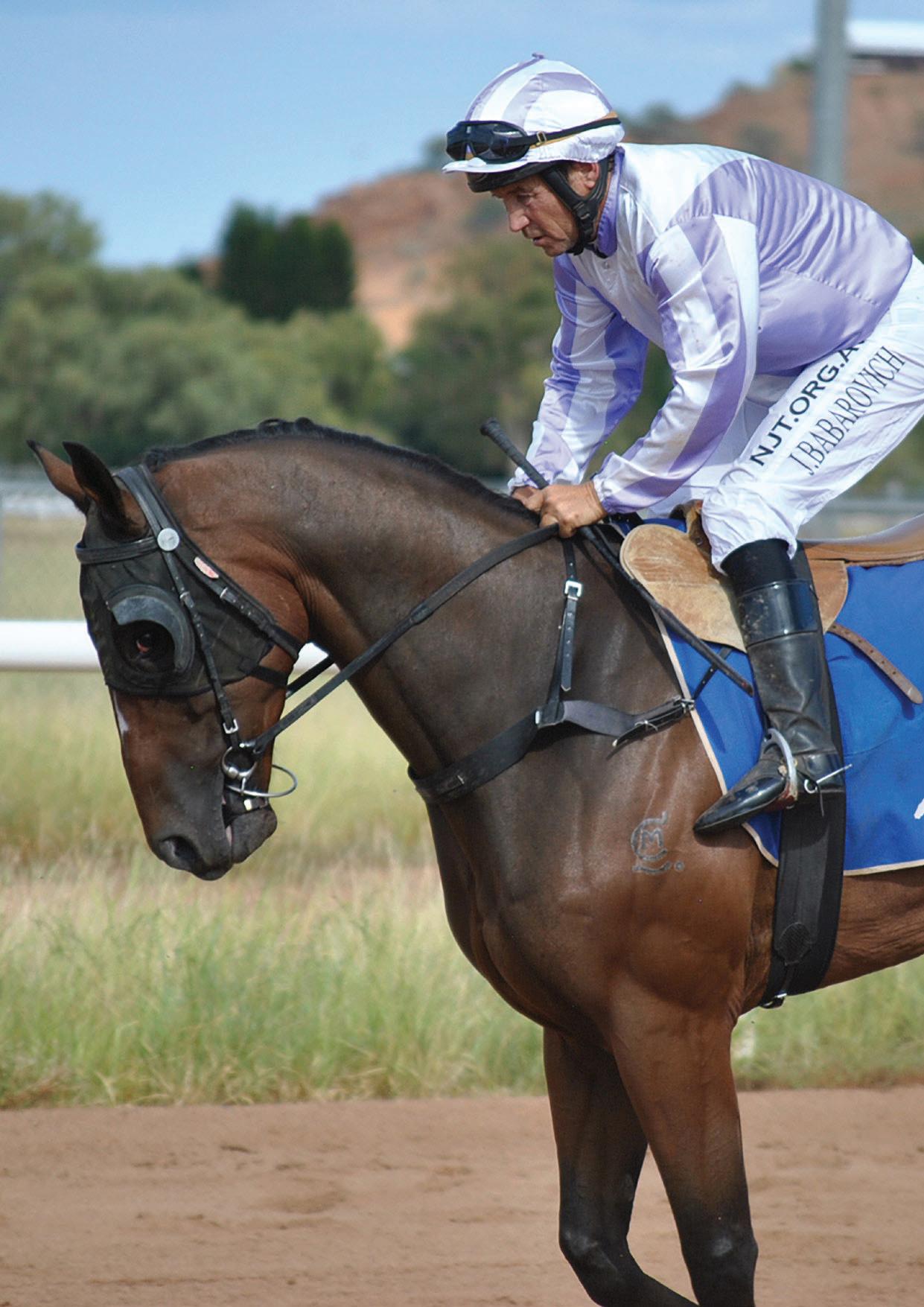TURFmonthly
May 2021
THIS MONTH
PART ONE OF THE REMARKABLE



FISHERMAN - A BREED SHAPER STORY OF HURTLE FISHER
ANOTHER GREAT RACE IN HISTORY

May 2021
THIS MONTH
PART ONE OF THE REMARKABLE



FISHERMAN - A BREED SHAPER STORY OF HURTLE FISHER
ANOTHER GREAT RACE IN HISTORY

Fisherman was a remarkable horse winning 70 races including 26 Queen’s Plate trophies and two Ascot Gold Cups. It was reported that after winning one of his Gold Cups, he was saddled up for the next race, a Queen’s Plate over 3 miles and duly won that as well. Fisherman ran unsuccessfully as a 2yo but at three won 23 from 34 races including the Queen’s Vase at Ascot and the Cumberland Plate. At four, he raced 34 times for 22 wins and at five, won 21 from 32. He was regarded as the best stayer in the UK and is arguably one of the greatest racehorses ever to enter stud in Australia. His longevity also makes something of a mockery of the number of starts modern stallions tend to have.
Fisherman was a son of Heron out of the Sheet Anchor mare, Mainbrace. Heron was a good racehorse winning the Wolverhampton and Leamington Stakes, as well as the Bretby, Liverpool and Lichfield Gold Cups in England. At stud, he produced only the one stakes winner but, in Fisherman, he ensured that his line would continue. Heron was by Bustard, a son of Castrel, out of an Orville mare. Mainbrace by Sheet Anchor was also to produce The Peer who stood at stud in France. She was also to produce the Nassau Stakes winning mare, Peeress. Mainbrace was a sister to Porto Rico and Wollaton who both went to stud as stallions. Wollaton was to arrive in Australia where he produced the 1865 Melbourne Cup winner, Toryboy. This was interestingly the first year that the VRC had offered a Cup for the winner of
the race. Made of silver and valued at 100 sovereigns, the Cup was admired by the large crowd on a day that was declared a half-holiday for Melbourne.
Quite remarkably, Fisherman stood only four seasons at stud in Australia before he died in June 1865 at the Maribyrnong Stud of Hurtle Fisher. Perhaps his demise contributed to that gentleman selling off his thoroughbred enterprise. In such a short period, Fisherman stamped himself among the most important influences to ever stand at stud here. We must also consider that this was in the 1860’s, at a time when relatively few stakes races were in existence in Australia.
Fisherman’s first crop included Angler, Cowra and Lady Heron all of which probably deserve their own stories. Cowra was the least successful in terms of her influence, and she was from a non-stud book mare but managed to win two Adelaide Cups in 1866 and 1867. Angler was to win the VRC Derby in 1865, before finishing fourth to Toryboy in the Melbourne Cup. He was also to win the VRC St Leger the following year, and went to stud with moderate success, siring four stakes winners including two of the best of the time in Progress and Robinson Crusoe. Progress won nine stakes races including the Sydney and Geelong Cups, and both the SA and AJC St Legers. In turn he produced the Toorak Handicap winner, Maelstrom, but his name is forever linked with Australian racing history when a daughter of his gave us a line that was to produce Winfreux in 1961. Both Winfreux and Robinson Crusoe are discussed at more length a little later.
Full sisters Lady Heron and Sea Gull were both out of one of Fisher’s first mares in Omen. The second crop of The Fisherman was to produce Fishhook, considered by many of the time to be not only the best horse produced by Fisherman but the greatest horse to have ever raced in Australia. He started his career in Hurtle Fisher’s colours but was soon sold to brother Charles (CB) for 3,600 guineas, then a record price for a horse in Australia. He actually was first in the Ascot Vale beating Sea Gull in a canter at his first start but was disqualified for going inside a post. There was much heated discussion for years as to what was the best horse, The Barb or Fishhook although modern history records The Barb as vastly superior due to his performances as he got older. Fishhook beat The Barb comfortably at their first two meetings in Sydney before The Barb turned the tables when receiving 14lbs (6.5kg) in the Nursery Handicap. Fishhook had a poor start to his 3yo career, but eventually bounced back culminating in a win in the AJC St Leger in a much talked about race against The Barb. The two went head to head at cut-throat speed for the first mile until Fishhook took control. The effort though almost told on the colt who only managed to beat the fast finishing Blair Athol by a head. Tragically Fishhook’s career was cut short due to what was believed to be poisoning of the good horse. He never raced again following this controversy. From an article appearing under the pseudonym Terlinga in the Australasian of Saturday 29 October 1898, it was reported:
The history of how the crack was “nobbled' will probably never be made public. Mr W Filgate once told me that he knew it. Years after the thing happened a dying man sent for him and told him who poisoned Fishhook, and at whose instigation the foul deed was done, but he made him promise never to repeat the story. And William Filgate was not the man to break his word. It is believed by many that there is a man in Melbourne now who could, as he would, give the world full details of this famous

nobbling case, but this may be only idle rumour. Fishhook, at the time, was not the property of Mr. Hurtle Fisher, but older brother Charles.
Sadly, Fishhook was to have little impact on breeding, dying prematurely in June 1871. His sole stakes winner was The Hook who won the 1879 Doncaster. He was a son of Hurtle Fisher’s great mare, Juliet.
Fisherman’s third crop produced two stakes winners in Sour Grapes who won the Ascot Vale Stakes and VRC All-Aged Stakes and 1867 VRC Oaks winner, Sylvia. Sylvia was the first locally bred daughter of the great Juliet and we will discuss her legacy in more depth under her dam in Part Two next month.
The final stakes winners for Fisherman came in his 1865 crop and included Fenella, Gasworks and My Dream. Fenella won the Ascot Vale, VRC All-Aged Stakes and AJC Champagne Stakes before making her mark as a broodmare. She produced a son called Mute by Fireworks who stood at stud in NZ, another son Aphany by The Marquis who also went to stud, and a daughter called Fenella B. The most significant descendant of these is no doubt Daybreak Lover who traces to a daughter of Aphany. Daybreak Lover won seven stakes races including two Elders Handicaps, a short-lived incarnation of the Stradbroke before having a good career at stud.
The mare, Gasworks won the VRC Australian Cup, St Leger and Town Plate before producing Gaslight to win the 1874 VRC Oaks. Another daughter of Gasworks in Gascony by Tim Whiffler was the grand dam of 1900 Melbourne Cup winner, Clean Sweep who was also to win a further six stakes races including the Moonee Valley Cup, VATC Coongy Handicap and St George Stakes, and the AJC St Leger. Clean Sweep was owned by Mr WR Wilson who also owned St Albans Stud that stood Robinson Crusoe along with other great stallions like Trenton and Wallace. Clean Sweep carried 7 stone (44.5kg) in the Cup and beat another 3yo in Maltster who had earlier won both the AJC and VRC Derbies. Both colts were in the
stable of James Scobie and Clean Sweep was to give that trainer his first Melbourne Cup success and establish him as one of the country’s leading trainers. My Dream from Nightlight won both the VRC Oaks and Derby, but never produced a named foal.
It was not just the stakes winners of Fisherman that left their mark for he was a prolific source of quality bloodstock in both his sons and daughters. Six of his sons went to stud in Angler, Ferryman, Fishhook, Little Fish, Maribyrnong and Smuggler. We have already spoken of Fishhook, and we will deal with Angler and Maribyrnong later. Ferryman was unraced due to injury and was used for stud duties by Fisher. He was later purchased by Mr Mogg who stood the stallion at his station at St Arnaud. On the death of Fishhook, Mr Hunter of Woodstock replaced that stallion with Ferryman but sadly Ferryman was another who met with a premature end, dying in 1871. He had a great start to his stud career producing his only two stakes winners, Charon and Lamplighter, in his first crop. Lamplighter out of Gaslight won the Ascot Vale Stakes, the AJC Champagne Stakes and later the VRC St Leger. Charon, a son of Fisher’s great mare Juliet, won the VRC AllAged Stakes, the AJC and VRC Derbies, and the VRC Queen’s Plate over 24 furlong or 3 miles. Unfortunately, he too was to meet an untimely end before he had his opportunity at stud.
Another son of Ferryman in Derby was to have more success in the breeding barn. He was a three-quarter brother to Charon being out of Juliet’s daughter, Chrysolite. Derby was to have a long-lasting success often through families that went to NZ although it is becoming difficult to find him in pedigrees.
It was a daughter of Ferryman in Art Union that may hold the key to continuing his blood. This line includes horses like Kankama who won the Geelong Derby Trial and WA Derby in 1978 and was given his chance at stud with limited success. Other males from the family also include stallions like Amigo, by Biscay and Claim The Quest by Sir Tristram who both failed to produce stakes winners.
Fisherman had one season at stud at Swalcliffe near Banbury in Oxfordshire, before being purchased by Fisher, where he was advertised to serve twenty-five mares at twenty-five guineas. Fisherman’s best known of the first crop was Bittern, born in 1861. Bittern had some long-term success with her line producing the 1891 Irish Derby winner, Narraghore. The family has continued to have influence in both Europe and the US with horses like multiple German stakes winner, Tiganello, French jumps winner Northerntown and his stakes winning half-sister Egyptband who ran second to Sinndar in the Arc De Triomphe, and multiple stakes winner Arcandy. The family even returned to Australia where it was responsible for Star Shiraz who won the 2004 QTC Sires’ Produce.
F isherman’s non stakes winning daughters continued his incredible influence on the Australian thoroughbred. While few matched Sylvia, many changed the shape of our breed. Few were more important than Lady Heron out of Omen.

We often talk about inbreeding and we see that Fisherman has what we would consider a relatively highly inbred pedigree (16.80%). In the time his pedigree would not have been considered heavily inbred, and it is a good lesson for students of pedigrees. We see that the full siblings Castrel and Selim appear in the stallion’s sire line and in the sire line of his grand dam, The Bay Middleton Mare. In the top and bottom quarters of the pedigree we also see the duplication of Sir Peter. In the other two sectors of the pedigree we see Orville and Dick Andrews present in sex balanced positions. In addition to this we also see multiple lines of Orville’s sire, Beningbrough, as well as Buzzard’s sire, Woodpecker. There are also four lines of the immortal Eclipse, all through sons.
